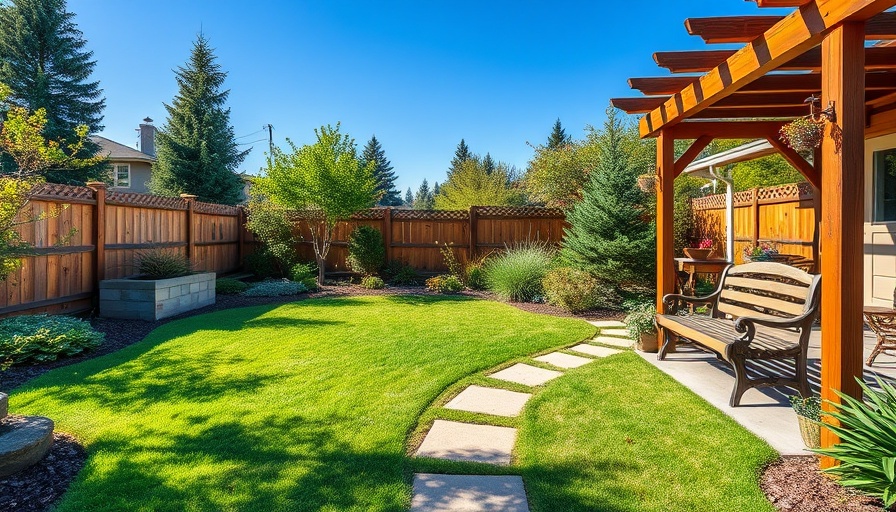
Grow Your Own: A Beginner's Guide to Sustainable Gardening
In recent years, the movement towards sustainability has sparked interest among DIY enthusiasts eager to embrace home gardening. The idea of cultivating your own herbs, vegetables, and more not only promotes self-sufficiency but also supports eco-friendly practices. Whether you are looking to enhance your DIY crafts or simply seeking a new hobby, starting your own garden can be deeply satisfying and beneficial.
Essential Gardening Projects for All Skill Levels
For those ready to roll up their sleeves and get to work, there are key gardening projects that are worth the effort. Building a compost bin is one of the first projects many gardeners consider. It's a straightforward DIY venture that transforms kitchen scraps and yard waste into nutrient-rich compost that enhances soil health.
Additionally, you might want to try growing herbs in containers. Container gardening is ideal for beginners, allowing for flexibility and easy management. Herb varieties such as basil, mint, and rosemary are great choices for container growth and can be easily incorporated into home-cooked meals.
4 Essential Tips for a Thriving Garden
Beyond specific projects, maintaining a healthy garden throughout the year comes down to a few vital practices:
- Keep on Top of it: Regular maintenance prevents larger tasks from piling up. A well-kept garden can be enjoyed without dread.
- Mow the Lawn: A neat lawn instantly improves the appearance of any garden.
- Weeding: Get ahead of the weeds early in the season to keep your garden looking its best.
- Water Wisely: Understanding the watering needs of various plants is crucial; overwatering can be just as harmful as underwatering.
Future Predictions: Gardening's Role in Sustainable Living
As environmental concerns grow more critical, gardening is expected to become even more significant in promoting sustainable lifestyles. Home gardening leads to reduced carbon footprints, as less transportation is needed to bring food from farm to table. In addition, growing one's own food can foster a greater connection to our natural surroundings.
Importance of DIY Gardening
In the DIY culture, gardening serves as an excellent way to express creativity and personalize one’s living space. It's not just about the aesthetic; growing plants can be an emotionally rewarding experience, providing a sense of accomplishment when seeing the fruits of your labor flourish.
Practical Tips for Beginning Your Garden
Here are some actionable insights to get started with your garden:
- Start Small: Choose a small area to plant your first few items. This will help you manage the learning curve without overwhelming yourself.
- Choose Easy Crops: Consider starting with fast-growing and forgiving plants like radishes or lettuce.
- Research Local Conditions: Understanding your local climate conditions will help you select the right plants and methods to use.
With these tips, you’re well on your way to embarking on a fruitful gardening journey. The accessibility of DIY projects makes it easier than ever to incorporate gardening into your life and enhance your home decor along with your culinary skills.
Take the Next Step in Gardening!
Embrace the opportunity to create your own garden. Not only is it a step towards sustainability, but it also brings joy and beauty into your life. Start planning today and uncover the various ways you can enjoy the fruits of your labor!
 Add Row
Add Row  Add
Add 




Write A Comment